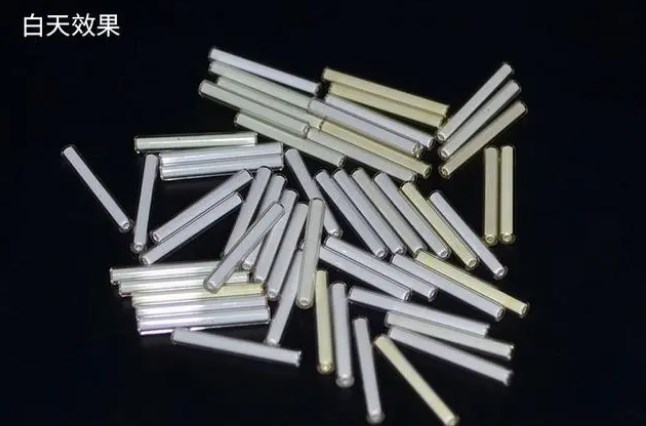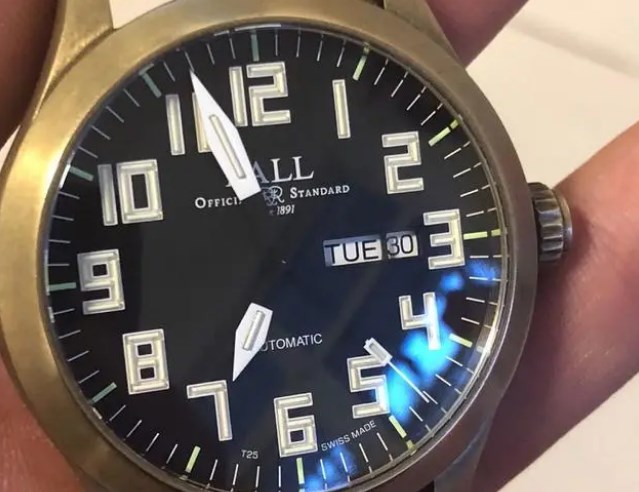
Privacy statement: Your privacy is very important to Us. Our company promises not to disclose your personal information to any external company with out your explicit permission.
This invention was applied to watches by Panerai in 1915, and applied for a patent in August of the same year. In the same year, the Italian Navy equipped a large number of watches coated with this new luminous powder. Since then, military watches have generally used it. (RA to be marked on bottom of Watch Dial)

The light-storage material basically does not contain radioactive substances. Just like a battery, it excites the fluorescent material to emit light by attracting sufficient intensity of external light. Compared with the self-luminous material, the brightness and light time of the light-storage material are not as good as the former.

Another radioactive element "tritium" (sound 'chuān' in Chinese, English is Tritium) is used in this luminous technology. Tritium is much safer than radium. The half-life of tritium is only 12.5 years, so its luminous time limit is also limited. Basically, after about 15 years, it starts to age, turn yellow, and gradually lose its luminous effect. And this did not prevent tritium from directly replacing the use of radium in the following decades.

In the 1960s, the invention of tritium tubes completely replaced radium and became the main material of self-luminous watches. The tritium tube does not require external energy or reflection of external light sources, it can remain stable all the time, and its luminous intensity is 100 times that of traditional luminous paint. And the radiation of tritium is very small, as long as the tritium tube is not broken, it is harmless to the human body.


Later, Harada Kenzo and the Swiss company RC TRITEC Ltd. jointly developed the Super-LumiNova light-storing material. Compared with the previous LumiNova, it has higher brightness and longer afterglow. With this invention, the two joint-venture Swiss companies LumiNova AG Switzerland Established and started supplying raw materials to Swiss watches. (mainly the Super-LumiNova BGW9 or C3 or C1 to be available on Watch Dials or Watch Hands)

LET'S GET IN TOUCH
About Us
Related Products List
Contact Us



Privacy statement: Your privacy is very important to Us. Our company promises not to disclose your personal information to any external company with out your explicit permission.

Fill in more information so that we can get in touch with you faster
Privacy statement: Your privacy is very important to Us. Our company promises not to disclose your personal information to any external company with out your explicit permission.